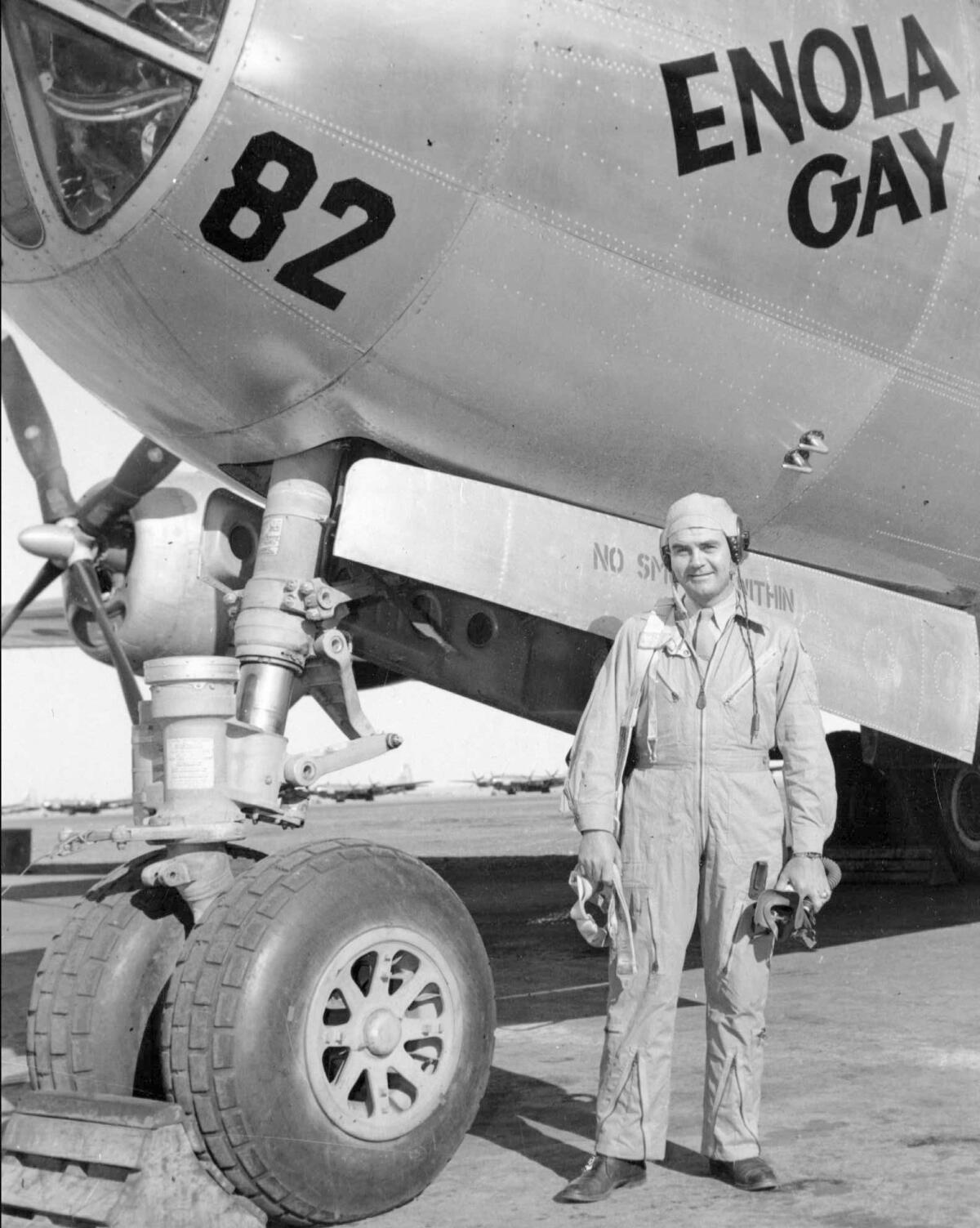What you need to know about the atomic bombing of Hiroshima
- Share via
On Friday, President Obama will visit Hiroshima, Japan, becoming the only sitting U.S. president to visit the first city targeted in a nuclear attack. While the exact details of Obama’s trip have yet to be revealed, deputy national security advisor Ben Rhodes said last week that the president would visit the Hiroshima Peace Memorial to lay a wreath, tour the memorial grounds and “deliver a statement reflecting upon what his impressions are.” Obama will be accompanied by Japanese Prime Minister Shinzo Abe.
Many Hiroshima residents hope Obama’s visit will rekindle global interest in nuclear disarmament – a topic Obama addressed in a major speech in Prague in 2009. More than 70 years have passed since a U.S. B-29 dropped the atomic bomb known as Little Boy on the city on Aug. 6, 1945, in the closing days of World War II. Another nuclear bomb was dropped on the city of Nagasaki on Aug. 9.
Here’s a look at the Hiroshima bombing and its effects.
How many people died in the bombing and how many were exposed to radiation?
About 350,000 civilians and military personnel were living in Hiroshima at the time of the bombing. Thousands were killed instantly. By December 1945, about 140,000 people in Hiroshima are believed to have died as a result of intense radiation and other immediate consequences of the blast, such as fires.
More than 6,000 of the dead were junior high school students, who had been mobilized that Monday morning by Japan’s government to clear fire breaks in the city because authorities feared Hiroshima was going to be bombed with conventional weapons – just as many other Japanese cities had been in the previous months.
Also among the dead were a dozen U.S. POWs who were being held in Hiroshima, and 20,000 Koreans who were brought to the city as forced laborers.

What kind of bomb did the U.S. drop on Hiroshima, and where did it land?
Little Boy was a uranium bomb packed with about 110 pounds of fissile material. As it turned out, less than 2 pounds of that material actually underwent fission. The bomb never hit the ground, but exploded about 2,000 feet above the city – a height intended to cause maximum damage. (Ironically, the Yagi antenna used to achieve this midair detonation was designed and patented by a Japanese inventor.)
Little Boy detonated above a hospital, about 1,000 feet from the Aioi Bridge, the aiming point. The force of the blast was equal to about 16,000 tons of conventional explosives.
How far did the damage extend?
More than 90% of Hiroshima’s buildings were destroyed or damaged beyond repair. Intense thermal rays from the fireball extended more than two miles from where the bomb exploded, or the “hypocenter.” Almost everyone within three-quarters of a mile perished. Only a few concrete and stone buildings were left standing.
Temperatures at the explosion altitude reached 3,600 degrees Fahrenheit. On the ground, railroad ties burst into flames, glass bottles melted and roof tiles bubbled. Windows more than 16 miles away were broken. After the initial blast, the air pressure at the epicenter dropped sharply, creating a strong reverse wind. About half an hour after the blast, a sooty radioactive “black rain” began to fall. Parched survivors drank this contaminated precipitation.
Fires burned for three days after the detonation. One of the few buildings near the epicenter to survive was the Bank of Japan building, which was about 1,200 feet from the hypocenter. It reopened within days of the blast.
Is there radiation still left in Hiroshima?
Radiation released the instant the bomb detonated is called initial radiation. The amount that remained on the surface after the explosion is known as residual radiation. While the initial radiation in Hiroshima was intense, residual radiation faded rapidly and a week after the blast was one-millionth the original level, scientists say. Nowadays, there is no residual radiation from the A-bomb affecting humans in Hiroshima.
How does radiation harm the body?
Radiation penetrates human cells, damaging their chromosomes and causing serious health effects. These effects do not always manifest right away, but can appear days, weeks or years later. In the first two weeks after the blast, many survivors experienced nausea, fatigue, fever and diarrhea, as well as blood in their vomit and urine.
Between late August and October 1945, many victims who initially appeared healthy developed symptoms, including hair loss, bleeding gums, purple spots on the skin, cold sores and intestinal bleeding.
Other disorders appeared later, including keloid scars, cataracts, leukemia, and other cancers. Leukemia cases spiked seven to eight years after the bombing. Radiation caused some stillbirths and microcephaly – the “small head” syndrome now associated with the Zika virus.
How many survivors are alive today?
About 187,000 people classified by the Japanese government as survivors were alive last year, according to the official 2015 census.
Sources: Hiroshima Peace Memorial Museum; Radiation Effects Research Foundation, Hiroshima.
Follow @JulieMakLAT for news from Asia
Sign up for Essential California
The most important California stories and recommendations in your inbox every morning.
You may occasionally receive promotional content from the Los Angeles Times.








